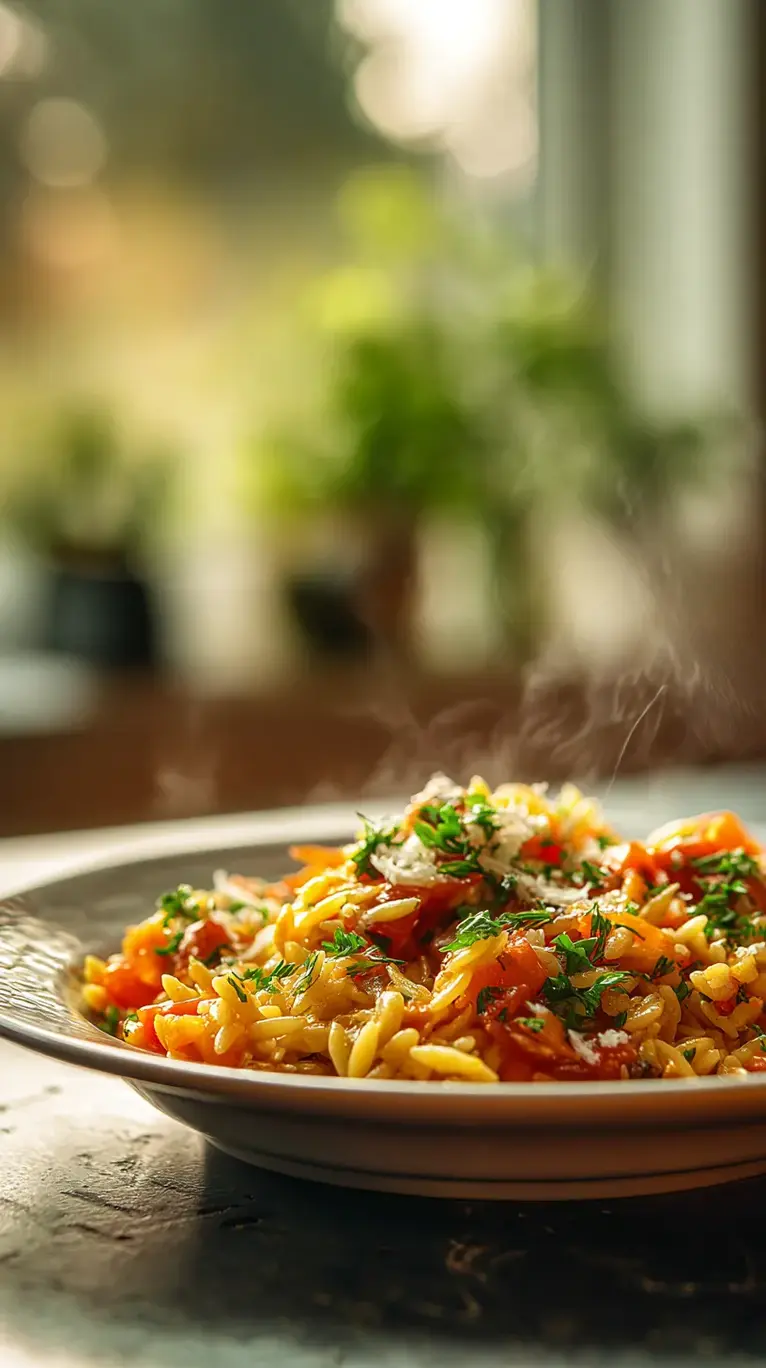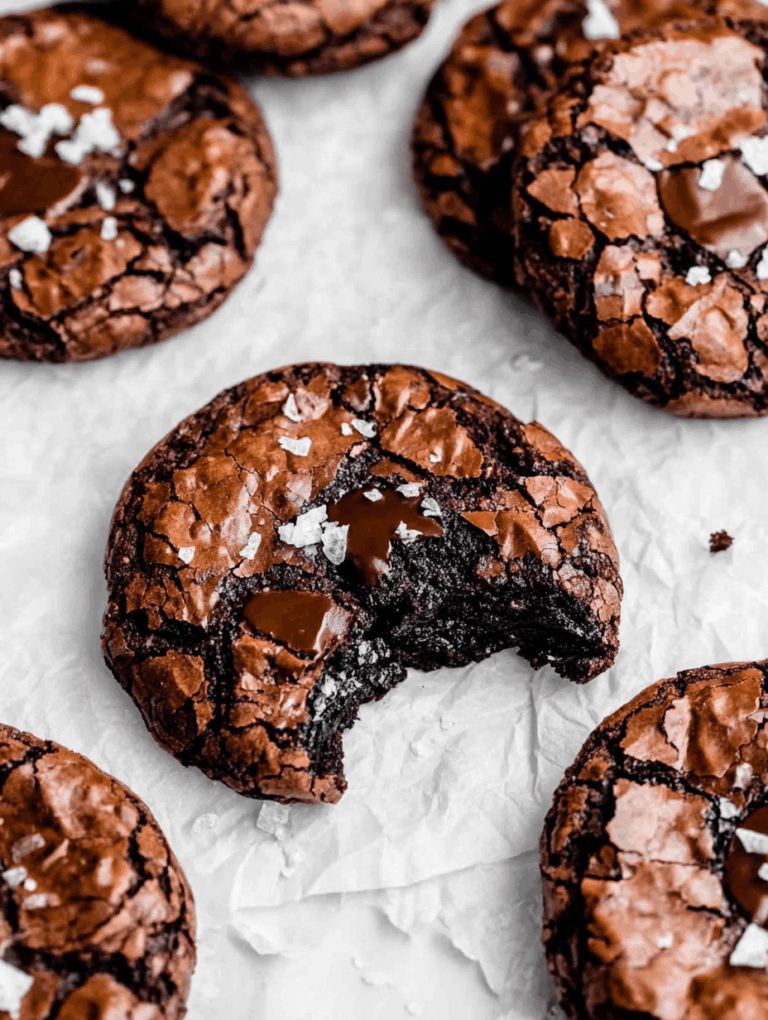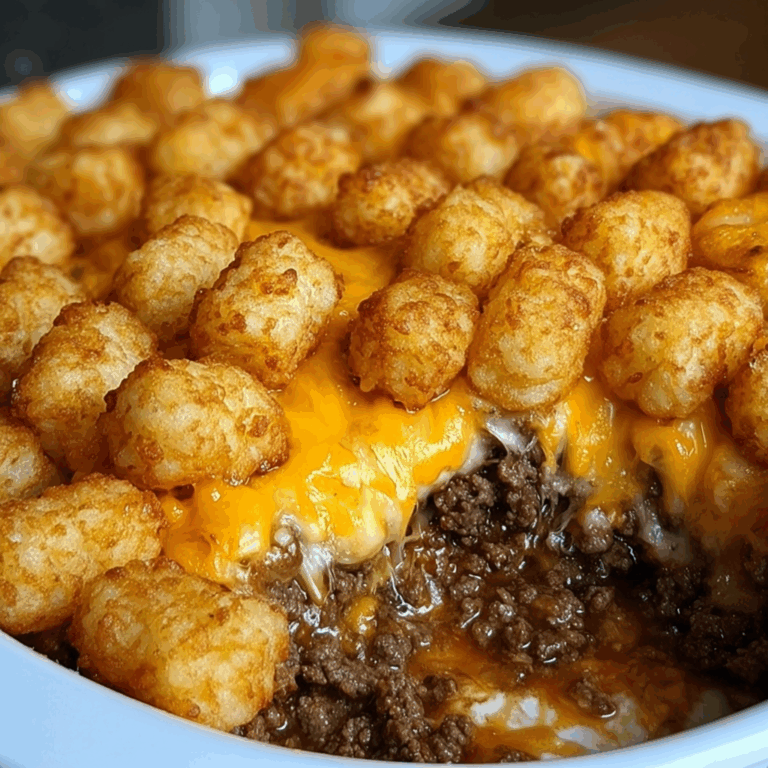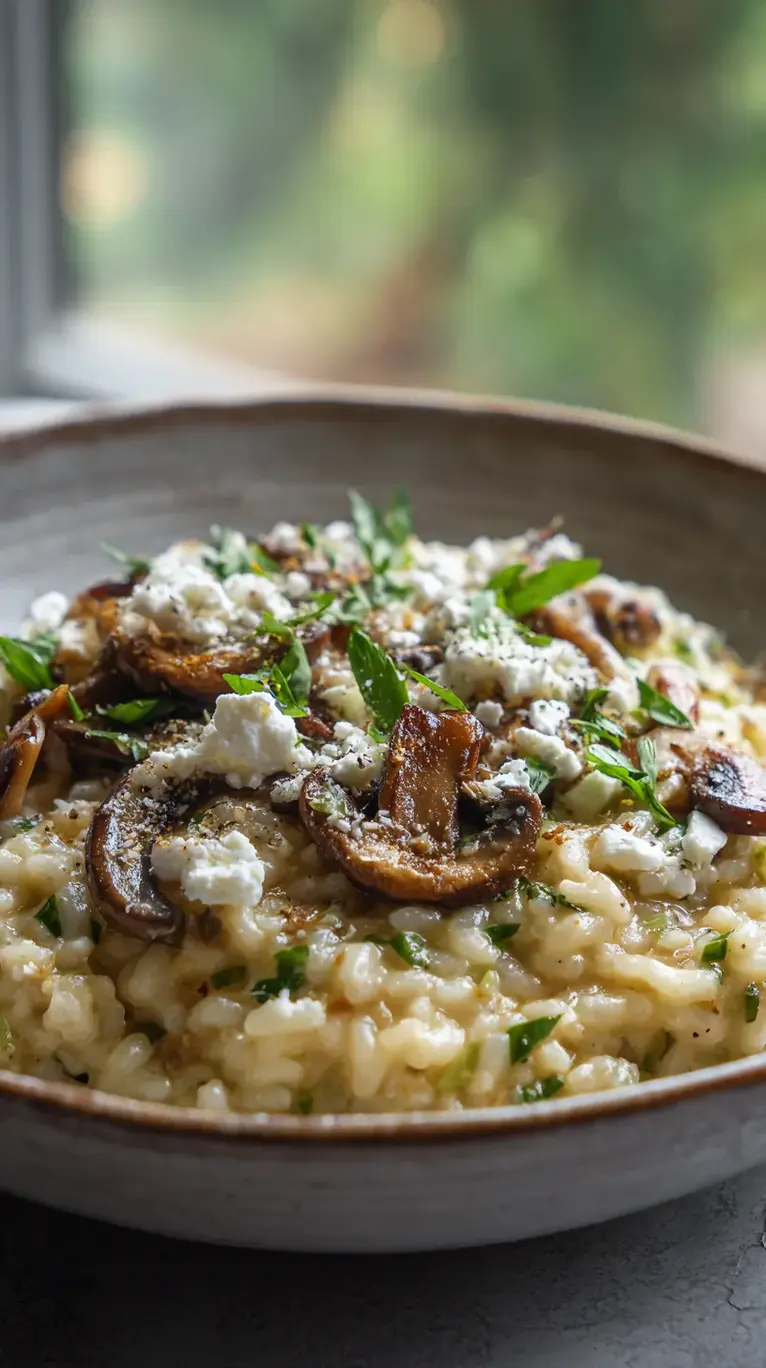Creamy Butternut Squash Casserole: Fall Comfort Dish
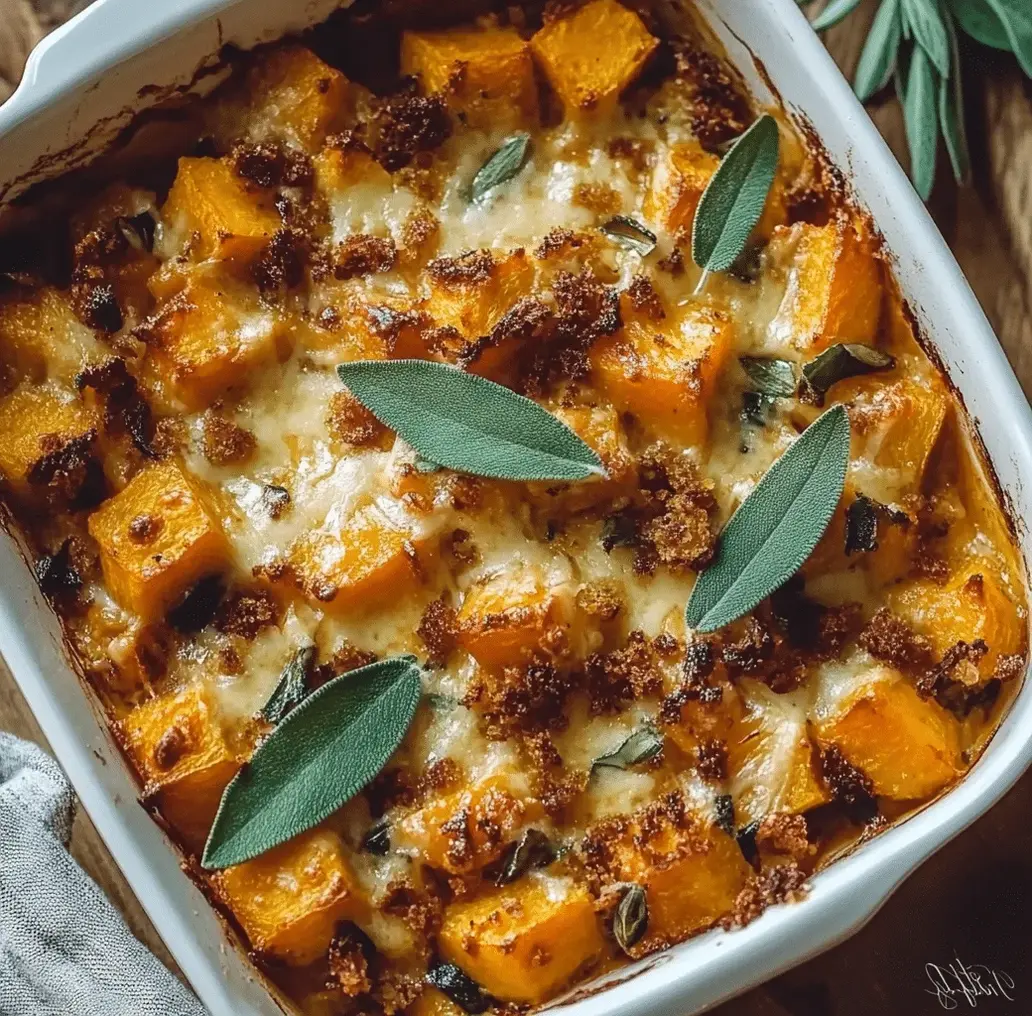
Table of Contents
- Delicious Butternut Squash Casserole Recipe: The Only Recipe You’ll Ever Need
- Why This Delicious Butternut Squash Casserole Recipe is a Game-Changer
- Ingredient Spotlight: Quality Makes the Difference
- Step-by-Step Instructions for This Delicious Butternut Squash Casserole Recipe
- Serving & Presentation
- Make-Ahead & Storage Solutions
- Frequently Asked Questions (FAQ)
- Tried This Recipe? Leave a Comment!
Delicious Butternut Squash Casserole Recipe: The Only Recipe You’ll Ever Need
As the leaves turn golden and the air grows crisp, there’s nothing quite like a warm, comforting dish to bring the family together. This delicious butternut squash casserole recipe is your ultimate solution for effortless fall feasts, transforming humble ingredients into a mouthwatering masterpiece. With its aromatic herb infusion and creamy, cheesy layers, it’s not just an easy butternut squash casserole – it’s a healthy butternut squash side dish that elevates any meal. Imagine the savory blend of roasted squash, fresh sage, and nutty Gruyère, creating a baked butternut squash casserole that’s irresistibly flavorful and simple for beginners. Within the first few bites, you’ll discover why this recipe from Delicetreats.com stands out as the go-to for home cooks seeking reliable, delicious results.
The moment this casserole emerges from the oven, your kitchen fills with an enticing aroma of roasted butternut squash mingling with earthy sage and a hint of nutmeg, making your home feel like a cozy haven. Each forkful offers a perfect contrast of textures: the tender, caramelized cubes of squash provide a slight sweetness, while the melted cheese creates a gooey, indulgent topping that pulls apart just right. This healthy butternut squash recipe isn’t overly heavy; instead, it balances the natural creaminess of the squash with savory onions and garlic, resulting in a baked butternut squash casserole that’s both satisfying and light, perfect for pairing with your favorite mains.
What sets this delicious butternut squash casserole recipe apart on Delicetreats.com is our commitment to making it foolproof, drawing from time-tested techniques and fresh, high-quality ingredients that ensure success every time. You’ll learn our Chef’s Secret for achieving that golden, bubbly crust, along with tips to customize it as an easy butternut squash casserole for dietary needs. This comprehensive guide covers everything from peeling and cubing the squash to storage solutions, making it the single best resource for a butternut squash side dish that’s both healthy and hearty. Stick around for step-by-step instructions, FAQs, and more to boost your confidence in the kitchen.
Why This Delicious Butternut Squash Casserole Recipe is a Game-Changer
The Chef’s Secret lies in the aromatic herb infusion using fresh sage and a dash of nutmeg, which elevates this easy butternut squash casserole to new heights. By roasting the butternut squash first, we lock in its natural sweetness and develop a deeper flavor profile that ordinary recipes often miss. This technique creates a cozy, flavorful bite that’s reminiscent of a high-end restaurant dish, but it’s simple enough for weeknight dinners. The fresh sage adds a fragrant, earthy note that pairs beautifully with the nutty Gruyère, making this baked butternut squash casserole stand out as a healthy butternut squash recipe full of warmth and complexity.
Unbeatable Texture: The science behind the creamy interior comes from roasting the squash until it’s fork-tender, which breaks down its starches and enhances moisture retention. When combined with melted cheese and breadcrumbs, this results in a luscious, cohesive casserole that doesn’t dry out, thanks to the olive oil coating that prevents over-browning and maintains even cooking.
Foolproof for a Reason: This recipe has been rigorously tested in our kitchens to ensure consistent results, even for novice cooks. We’ve fine-tuned measurements and steps to avoid common pitfalls, guaranteeing that your butternut squash side dish turns out perfectly every time, making it a reliable staple for healthy butternut squash recipes.
Ingredient Spotlight: Quality Makes the Difference
Butternut Squash: This star of the show provides a naturally sweet and nutty base for your easy butternut squash casserole. Using fresh, firm butternut squash ensures the best texture and flavor, as it roasts to a tender perfection without becoming watery. Quality matters because older squash can be stringy; opt for one that’s heavy for its size. A great substitution is pumpkin for a similar sweetness, but adjust roasting time as pumpkin cooks faster.
Yellow Onion: Chopped yellow onion adds a savory depth and slight sweetness when sautéed, balancing the richness in this baked butternut squash casserole. Fresh, firm onions prevent overpowering bitterness, so choose ones without soft spots. For a milder flavor, swap with shallots, which offer a more delicate taste while maintaining the essential caramelization.
Garlic: Minced garlic infuses the dish with a pungent, aromatic kick that enhances the overall profile of this healthy butternut squash recipe. Always use fresh cloves for their robust flavor; pre-minced versions can lack intensity. If you’re out, garlic powder works in a pinch, but use half the amount to avoid overwhelming the sage and nutmeg notes.
Olive Oil and Butter: Olive oil coats the squash for even roasting, while butter adds a rich, creamy element to the sautéed base. High-quality extra-virgin olive oil preserves the vegetable’s natural flavors, and using unsalted butter allows better control of salt levels. Substitute olive oil with avocado oil for a higher smoke point, and vegan butter for dairy-free versions without altering the texture.
Fresh Sage: This herb brings an earthy, peppery aroma that makes this butternut squash casserole recipe truly special, tying in with the fall theme. Fresh sage is key for its vibrant flavor; dried sage can be a substitute, but use one-third the amount as it’s more concentrated. Grow your own for the freshest option to elevate your healthy butternut squash side dish.
Ground Nutmeg: A sprinkle of nutmeg adds a warm, spicy undertone that complements the sweetness of the squash in this easy butternut squash casserole. Freshly ground nutmeg offers the most potent flavor, enhancing the dish’s comforting appeal. If unavailable, cinnamon can substitute for a similar warmth, though it will slightly alter the profile of your baked butternut squash casserole.
Salt and Black Pepper: These seasonings enhance the natural flavors without overwhelming them, making your butternut squash side dish pop. Use fine sea salt for even distribution and freshly ground pepper for the best taste. For low-sodium diets, opt for kosher salt as a substitution to maintain balance in this healthy butternut squash recipe.
Shredded Gruyère or Mozzarella Cheese: Divided for layering, this cheese creates a melty, gooey topping that’s the highlight of the casserole. Choose high-quality, freshly shredded cheese for better melt; pre-shredded often has additives that affect texture. Substitute with cheddar for a sharper taste or vegan cheese for a dairy-free version, ensuring it melts well.
Breadcrumbs (Optional): If used, breadcrumbs add a crispy topping that contrasts the creamy interior. Opt for whole-wheat breadcrumbs for added nutrition in this healthy butternut squash recipe. Panko can substitute for extra crunch, making your baked butternut squash casserole even more irresistible.
Cooked Sausage (Optional): This adds protein and heartiness, turning the casserole into a full meal. Use high-quality, nitrite-free sausage for better flavor and health benefits. For a vegetarian twist, substitute with plant-based sausage or omit entirely for a lighter butternut squash side dish.
Step-by-Step Instructions for This Delicious Butternut Squash Casserole Recipe
Step 1: Preheating the Oven and Preparing the Butternut Squash
Begin your journey by preheating your oven to 400°F (200°C). Next, peel the butternut squash using a sharp vegetable peeler or knife and chop it into 1-inch cubes. In a mixing bowl, toss these cubes with 2 tablespoons of olive oil, 1/2 teaspoon salt, and 1/4 teaspoon black pepper until evenly coated. Place the coated squash on a baking sheet and spread it out for even roasting.
Pro Tip: To make peeling easier, microwave the whole squash for 2-3 minutes to soften the skin, but be careful not to overdo it, as it could make cubing messy.
Step 2: Roasting the Butternut Squash
Place the baking sheet in the preheated oven and roast the butternut squash for about 25–30 minutes or until it becomes fork-tender and develops a lovely golden color. Stir halfway through for even browning.
Common Mistake to Avoid: Overcrowding the baking sheet can lead to steaming instead of roasting, resulting in soggy squash—ensure there’s space between cubes for air circulation.
Step 3: Sautéing the Onions and Garlic
While the squash is roasting, melt 1 tablespoon of butter and add the remaining olive oil in a large sauté pan over medium heat. Add the chopped yellow onion and sauté until soft and golden, about 5-7 minutes, then stir in the 2 minced garlic cloves for the last minute to avoid burning.
Pro Tip: Use a heavy-bottomed pan for even heat distribution, which prevents the onions from sticking and ensures a perfectly caramelized base for your easy butternut squash casserole.
Step 4: Combining the Ingredients
In a large mixing bowl, combine the roasted butternut squash with the sautéed onions and garlic, 1 tablespoon of chopped fresh sage, 1/4 teaspoon ground nutmeg, and half of the 1 cup shredded cheese. Mix gently to preserve the squash’s texture.
Common Mistake to Avoid: Over-mixing can mash the squash into a puree—fold ingredients lightly to keep those desirable chunks for a better baked butternut squash casserole.
Step 5: Assembling and Baking the Casserole
Transfer the mixture into a greased casserole dish and sprinkle the remaining cheese over the top. Lower the oven temperature to 375°F (190°C) and bake for 20–25 minutes, until the cheese is melted, bubbling, and the top is golden brown.
Pro Tip: For an extra crispy top, sprinkle optional breadcrumbs before baking, which adds texture without drying out the interior of this healthy butternut squash recipe.
Step 6: Resting the Casserole
After baking, remove the casserole from the oven and let it rest for 5-10 minutes to allow the flavors to meld and cool slightly before serving.
Common Mistake to Avoid: Cutting into it too soon can make it fall apart—patience ensures clean slices and retains the warmth for an optimal butternut squash side dish experience.
Serving & Presentation
For an impressive presentation, serve this delicious butternut squash casserole in individual portions on elegant plates, garnished with extra fresh sage leaves for a pop of color and aroma. The golden-brown top contrasts beautifully with the creamy interior, making it a showstopper at any gathering. Pair it with roasted turkey or grilled chicken for a hearty meal, or as a healthy butternut squash side dish alongside salads for a lighter option. The flavors complement proteins like sausage if added, creating a balanced, satisfying dish that’s perfect for fall dinners or holiday feasts.
Make-Ahead & Storage Solutions
Make-Ahead Strategy: Prepare the roasted butternut squash and sautéed onions up to 3 days in advance; store them separately in airtight containers in the fridge. When ready, combine with other ingredients and bake fresh for the best texture in this easy butternut squash casserole.
Storing Leftovers: Cool the casserole completely, then cover tightly and refrigerate for up to 3 days. For longer storage, freeze portions in freezer-safe containers for up to 2 months, ensuring to label with the date to maintain freshness.
The Best Way to Reheat: Reheat in a 350°F oven for 15-20 minutes to restore the crispy top and creamy interior of your baked butternut squash casserole—avoid microwaving, as it can make the texture soggy. For frozen portions, thaw overnight in the fridge first.

Frequently Asked Questions (FAQ)
How do you peel and cube butternut squash for a casserole?
To peel and cube butternut squash, start by cutting off both ends with a sharp knife for stability. Use a vegetable peeler to remove the skin, working from top to bottom. Slice the squash in half lengthwise, scoop out the seeds, and cut into 1-inch cubes. This ensures even roasting for your delicious butternut squash casserole recipe, preventing uneven cooking and enhancing the overall flavor of this healthy butternut squash side dish.
Can I make butternut squash casserole ahead of time?
Yes, you can make butternut squash casserole ahead of time by preparing and roasting the squash, then assembling the dish without baking. Store it in the fridge for up to 3 days and bake when needed. This method preserves the fresh taste and texture, making it a convenient option for busy schedules while keeping your easy butternut squash casserole as delicious as ever.
What can I substitute for heavy cream in butternut squash casserole?
In this recipe, we don’t use heavy cream, but if you’re adapting it or a similar one, substitute with full-fat coconut milk for a dairy-free, creamy alternative that maintains the richness. Greek yogurt or cashew cream can also work, adding a tangy note without altering the baked butternut squash casserole’s structure, ensuring it remains a healthy butternut squash recipe.
How long does butternut squash casserole take to bake?
This delicious butternut squash casserole recipe takes about 20-25 minutes to bake at 375°F after assembly, following the initial roasting. The total cook time, including roasting, is around 45-55 minutes, resulting in a perfectly golden, bubbling dish that’s worth the wait for your easy butternut squash casserole.
Is butternut squash casserole suitable for vegetarians?
Yes, this baked butternut squash casserole is naturally vegetarian if you omit the optional sausage. It focuses on plant-based ingredients like squash and herbs, making it a hearty, healthy butternut squash side dish that’s easy to adapt for meat-free meals.
How can I make this recipe gluten-free?
To make this healthy butternut squash recipe gluten-free, simply replace the optional breadcrumbs with gluten-free alternatives like almond flour or crushed gluten-free crackers. Ensure all other ingredients, such as sausage if used, are certified gluten-free to keep your butternut squash casserole safe for those with dietary restrictions.
Tried This Recipe? Leave a Comment!
Did you make this recipe? I’d love to hear how it turned out! Please leave a comment and a rating below. Your feedback helps other home cooks and supports Delicetreats!
For more delicious inspiration, follow me on Pinterest!
Delicious Butternut Squash Casserole Recipe
Ingredients
- 4 cupscubed butternut squash
- 1medium yellow onion, chopped
- 2cloves garlic, minced
- 2 tablespoonsolive oil
- 1 tablespoonbutter
- 1 tablespoonfresh sage, chopped (plus more for garnish)
- 1/4 teaspoonground nutmeg
- 1/2 teaspoonsalt
- 1/4 teaspoonblack pepper
- 1 cupshredded Gruyère or mozzarella cheese, divided
- 1/2 cupbreadcrumbs (optional)
- 1/2pound cooked sausage (optional)
Instructions
- Begin your journey by preheating your oven to 400°F (200°C).
- Next, peel the butternut squash using a sharp vegetable peeler or knife and chop it into 1-inch cubes. In a mixing bowl, toss these cubes with olive oil, salt, and pepper until evenly coated.
- Place the baking sheet in the preheated oven and roast the butternut squash for about 25–30 minutes or until it becomes fork-tender and develops a lovely golden color.
- While the squash is in the oven, take this time to prepare the flavorful base for your casserole. In a large sauté pan, melt butter and olive oil over medium heat. Add the chopped onion and sauté until soft and golden.
- In a large mixing bowl, combine the roasted butternut squash along with your sautéed onions, garlic, sage, a sprinkle of nutmeg, and half of your cheese.
- Transfer the rich mixture into a greased casserole dish. Sprinkle the remaining cheese over the top.
- Lower the oven temperature to 375°F (190°C) and bake for 20–25 minutes. You’ll know it’s done when the cheese is melted, bubbling, and the top is golden brown.
- After baking, let the casserole rest for about 5–10 minutes to allow the flavors to meld and it cool slightly.
Notes
Leftovers can be stored in an airtight container in the fridge for up to three days—just reheat in the oven for the best results.
Nutrition
- Calories: 320 kcal
- Protein: 10 g

